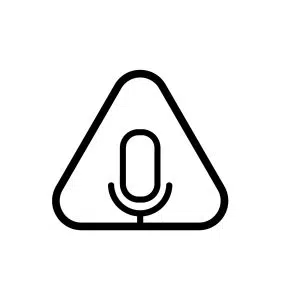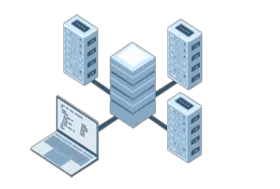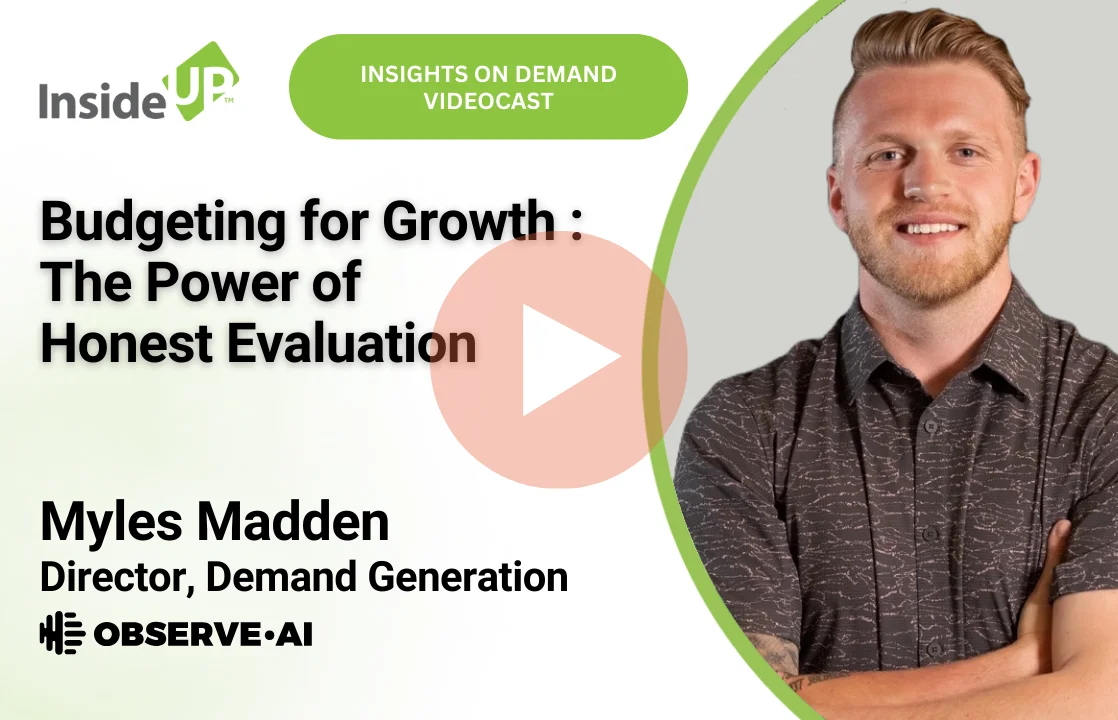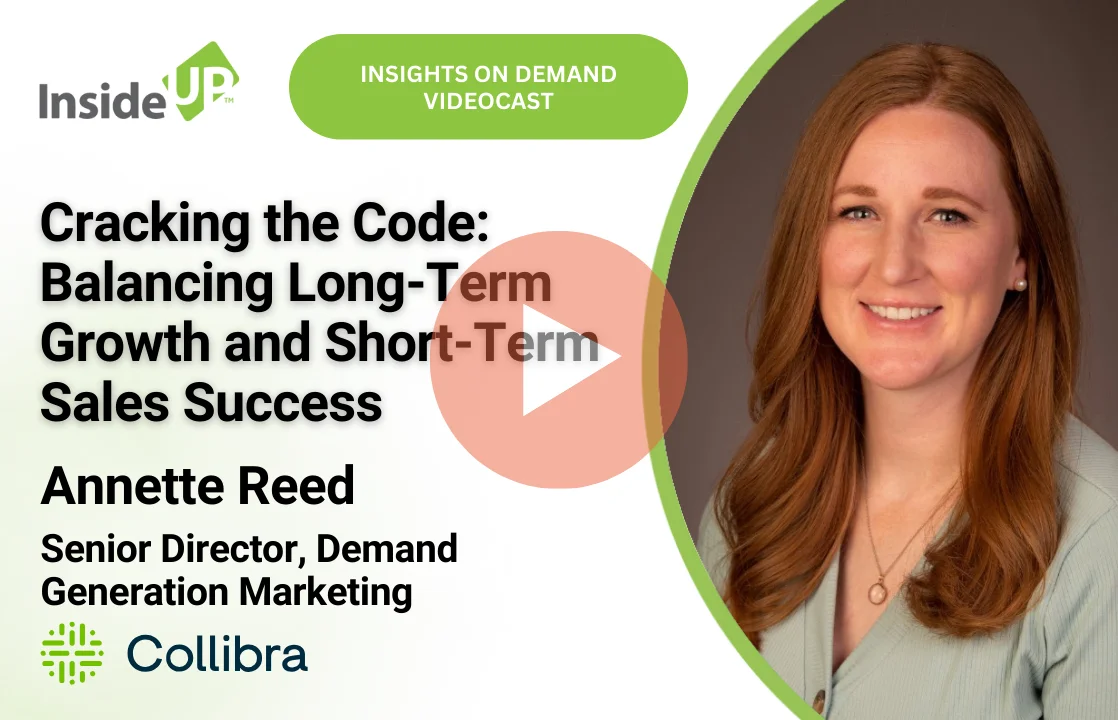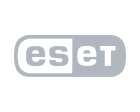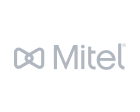
I recently spoke with Nathan Burke, CMO of Axonius. Axonius is a cybersecurity asset management platform that gives organizations a comprehensive asset inventory, uncovers security solution coverage gaps, and automatically validates and enforces security policies.
They recently raised $100M on a valuation of $1.2B. Management’s goal is to set a new record for the fastest elapsed time “from zero to IPO” for a cyber security company. Strap on a rocket pack as we look at their plan to achieve this.
Category Creation
Nathan declared early on in our interview that Axonius had created its own product category. This, of course, makes differentiation more effective by allowing his company to first state the unmet needs of their customers and then show the impact their platform has when meeting those needs. Nathan was making a relatively unique claim in the cyber security market and I was intrigued to understand more.
Challenge for CISOs
I asked Nathan to explain the problem they solve. Nathan explained that if you ask a Chief Information Security Officer (CISO) how many devices are attached to their network; they typically have one of two possible answers. Those answers are either “I don’t know” or “somewhere between 10,000 and 40,000”. With realities like cloud computing, IoT and constant change, CISOs… “just don’t have a handle on what they have, let alone if they are protected. We collect data associated with any asset and tell customers exactly what devices, cloud instances, and users they have and whether they are covered by security tools and controls”. Regardless of whether the holes in a company’s security position are large or small, they are still holes. Once the holes are all identified, Axonius then helps companies automate whatever enforcement action is required.
Sales Nirvana is No Distractions
Nathan shared that they have nine folks on their demand generation team led by a VP of Demand Generation (Megan Berry). He said that the marketing function at Axonius sources virtually 100% of the company’s leads through events, webinars, targeted ads, and content campaigns. Axonius has an SDR team that focuses on setting appointments for the sales team.
“I think what’s a little bit unique about us is that we don’t have salespeople following up with inbound leads, and we don’t have salespeople prospecting, (rather) we have salespeople, taking meetings with prospects and running sales processes”.
I stopped the interview here to reminisce with Nathan about my early career in sales where I was 100% responsible for developing all my own leads (this level of marketing support simply did not exist) and how that contrasted with the way things are at present. So how does Axonius maintain this nirvana of sales and marketing alignment where sales is no longer distracted with doing their own prospecting?
Inbound Lead Generation
Nathan said, “We focus a lot of effort on content.” Their inbound lead generation approach is to pursue a blended ABM model where they break the addressable market using the dimensions of company size (large enterprises and mid-market), industry / vertical classification and geography.
Nathan was straight forward about naming their primary target audience as CISOs. They still take meetings and fulfill demonstration requests with any job title who is involved in enterprise security, but their targeting is very much oriented to the C suite. They focus a lot of their marketing efforts on content and content marketing strategies (all developed in-house) to inform and educate their audience.
Axonius focuses that content marketing strategy on 1) what problem they solve, 2) how they solve it, and 3) what the value (business impact) of that solution is. They develop content solely in-house because their solution is so unique and specialized that, if they were to have someone outside their organization create something, then they believe it’s not going to be right. “Even if it is off by 3%”, Nathan told me, “that is no good. It has to be right.”
It is this obsessive focus on high quality content that facilitates their inbound pipeline development.
Shared KPIs
Category design is a major contributing factor in achieving so much inbound lead generation success. A commitment to shared KPIs is also a key factor. Nathan shared that one indication within Axonius of their accountability to shared metrics is how they consistently assess the lead contribution from each campaign. “We break it down and understand what the contribution was from each activity, from each team”, he said. Knowing this helps them understand what is working and what needs improvement.
While marketing’s goal may be the majority of the pipeline value, the pipeline itself needs to be significantly larger than the overall revenue goal for the year. This is complicated by the need to ensure each geography and sales team has sufficient pipeline to meet their numbers as well.
Measuring & Monitoring Performance
Nathan said that Salesforce is their CRM and system of record for deal management. HubSpot is the platform of choice on the marketing automation side. When I asked about management dashboards, I was expecting to hear “Tableau”. Instead, Nathan stated that they use a tool called Fortella for monitoring marketing’s contribution to the revenue plan. It is the basis of an “early warning system” for seeing where they are in relation to their quarterly goals with views going both forward and backward.
Sales and Marketing Alignment
Marketing meets weekly to review their performance and which activities are contributing what to the pipeline. They look at the current quarter and as far as four quarters in the future to ensure they do not encounter any nasty surprises. This is complicated when they begin to mix in geographies, industries with different year-end dates and government business. Understanding the variability and seasonality of their revenue projections, by industry and time of year, is a pre-requisite in their analysis and planning.
Each quarter they produce a shared Quarterly Business Review (QBR) document where they look back to analyze “exactly what we did to get there. What worked, what didn’t, and make sure that the (expected) percentages on conversion (rates) are there.”
I asked Nathan to talk about how marketing responds to requests for additional support. Nathan indicated that this type of request tends to be industry specific rather than account specific. An example would be the sales team having seen success in a specific industry and wanting to expand on that. These initiatives get added to the plan and are measured and monitored.
Marketing over-communicates to ensure the sales teams know what marketing is up to. Nathan does not want to have a situation where sales is surprised or doesn’t understand what marketing is doing.
Nathan was blunt about his assessment of proper alignment with sales. “When sales is selling and hitting their numbers, when they are happy and busy selling, (then) that is perfect alignment.”
Scaling for Growth
Nathan repeated his mantra, “Our goal is to go from zero to IPO faster than any other cyber security company in history. That means we are going to have to hit some really big numbers.”
That growth is going to have to come from both the US and also by expanding globally. Maintaining discipline and operational rigor will be the challenge in order to keep Axonius marketing aligned with the sales team. Nathan is confident they have the right tools and capabilities in place to scale. Whether it is the internal sales team or the channel, marketing will provide the content marketing strategy and campaigns needed to drive that growth and keep the sales team selling.
Conclusion
I must say, it is a great problem to have when your sales team isn’t busy prospecting. Sales and marketing alignment occurs when marketing shares the same goals, is held accountable and that accountability facilitates communication and cooperation. In the case of Axonius, the ultimate measure of real alignment is when its salespeople are not prospecting because they are too focused on selling and closing.
The challenge to realize growth at Axonius isn’t about maintaining sales & marketing alignment. Growth will flow naturally from that alignment. And we are still waiting for that IPO.
By the way, if you want to know which cyber security company holds the record for zero to IPO in the shortest time (and how much time Axonius has left to break that record), the answer will appear in my LinkedIn feed.
InsideUp, a leading demand generation agency, has over a decade of experience assisting technology clients, that target mid-market and enterprise businesses, by meeting and exceeding their key marketing campaign metrics. Our clients augment their in-house demand generation campaigns (including ABM) by partnering with us to build large sales pipelines. Please contact us to learn more.







